
Mountaineering, mountain climbing, or alpinism is a set of outdoor activities that involves ascending mountains. Mountaineering-related activities include traditional outdoor climbing, skiing, and traversing via ferratas that have become sports in their own right. Indoor climbing, sport climbing, and bouldering are also considered variants of mountaineering by some, but are part of a wide group of mountain sports.
The American Alpine Club (AAC) is a non-profit member organization with more than 24,000 members. Its vision is to create "a united community of competent climbers and healthy climbing landscapes." The club is housed in the American Mountaineering Center (AMC) in Golden, Colorado.
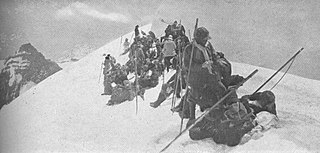
The Mountaineers is an alpine club in the US state of Washington. Founded in 1906, it is organized as an outdoor recreation, education, and conservation 501(c)(3) nonprofit organisation, and is based in Seattle, Washington. The club hosts a wide range of outdoor activities, primarily alpine mountain climbing and hikes. The club also hosts classes, training courses, and social events.
Peter Kittilsby Schoening was an American mountaineer. Schoening, was one of two Americans to first successfully climb the Pakistani peak Gasherbrum I in 1958, along with Andrew Kauffman, and was one of the first to summit Mount Vinson in Antarctica in 1966.
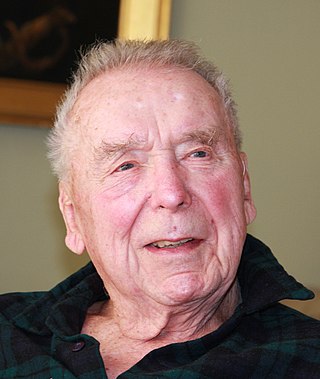
Charles Snead Houston was an American physician, mountaineer, high-altitude investigator, inventor, author, film-maker, and former Peace Corps administrator. He made two important and celebrated attempts to climb the mountain K2 in the Karakoram Range.
William Mathews (1828–1901) was an English mountaineer, botanist, land agent and surveyor, who first proposed the formation of the Alpine Club of London in 1857.
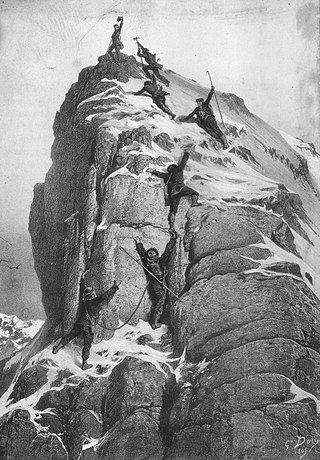
The golden age of alpinism was the decade in mountaineering between Alfred Wills's ascent of the Wetterhorn in 1854 and Edward Whymper's ascent of the Matterhorn in 1865, during which many major peaks in the Alps saw their first ascents.

Edward Shirley Kennedy (1817–1898) was an English mountaineer and author, and a founding member of the Alpine Club.
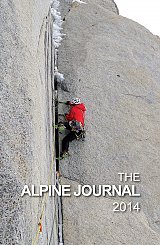
The Alpine Journal (AJ) is an annual publication by the Alpine Club of London. It is the oldest mountaineering journal in the world.
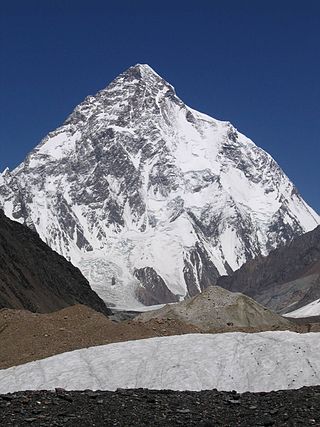
The 1953 American Karakoram expedition was a mountaineering expedition to K2, at 8,611 metres the second highest mountain on Earth. It was the fifth expedition to attempt K2, and the first since the Second World War. Led by Charles Houston, a mainly American team attempted the mountain's South-East Spur in a style which was unusually lightweight for the time. The team reached a high point of 7750 m, but were trapped by a storm in their high camp, where a team member, Art Gilkey, became seriously ill. A desperate retreat down the mountain followed, during which all but one of the climbers were nearly killed in a fall arrested by Pete Schoening, and Gilkey later died in an apparent avalanche. The expedition has been widely praised for the courage shown by the climbers in their attempt to save Gilkey, and for the team spirit and the bonds of friendship it fostered.

Captain John Percy Farrar, also known as Percy Farrar and as J. P. Farrar, was an English soldier and mountaineer. He was President of the Alpine Club from 1917 to 1919 and a member of the Mount Everest Committee. Farrar's obituary in The Times stated that he 'was known by repute to every one interested in mountaineering in England and on the Continent, and his personal friends at home and abroad were legion'.
The Mount Everest Committee was a body formed by the Alpine Club and the Royal Geographical Society to co-ordinate and finance the 1921 British Mount Everest reconnaissance expedition to Mount Everest and all subsequent British expeditions to climb the mountain until 1947. It was then renamed the Joint Himalayan Committee; this latter committee organised and financed the successful first ascent of Mount Everest in 1953.
Allen Parker Steck was an American mountaineer and rock climber.
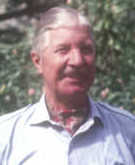
Lieutenant-Colonel Harry Reginald Antony Streather was a British Army officer who served in the Gloucestershire Regiment, and mountaineer who first-ascended the third-highest mountain in the world, on the 1955 British Kangchenjunga expedition, and Tirich Mir. Streather was the first man ever to climb two peaks above 25,000 feet (7,600 m).
Sir John Oakley Maund was an English banker, stockbroker, entrepreneur, hunter and mountaineer during the silver age of alpinism.
Thomas Woodbine Hinchliff was an English mountaineer, traveller, and author, from 1875 to 1877 the seventh President of the Alpine Club.

The Ladies' Scottish Climbing Club was founded by Jane Inglis Clark, her daughter Mabel, and Lucy Smith at a boulder near Lix Toll, Perthshire in 1908. It now has about 120 members and is the oldest active climbing club exclusively for women. The club has sent numerous expeditions abroad and made the first all-woman climb of a major peak in the Himalayas.
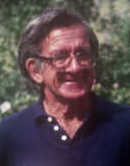
Norman David Hardie was a New Zealand climber who was one of the climbers on the 1955 British Kangchenjunga expedition who first reached the summit of the 8,586-metre (28,169 ft) mountain, the third-highest mountain in the world.
Charles Edward Mathews was an English mountaineer, a leading member of the Alpine Club and writer on mountaineering. In his professional career as solicitor he was active in public affairs in Birmingham.

Joyce Dunsheath, née Cissie Providence Houchen, was an English mountaineer, traveller, explorer and writer.













